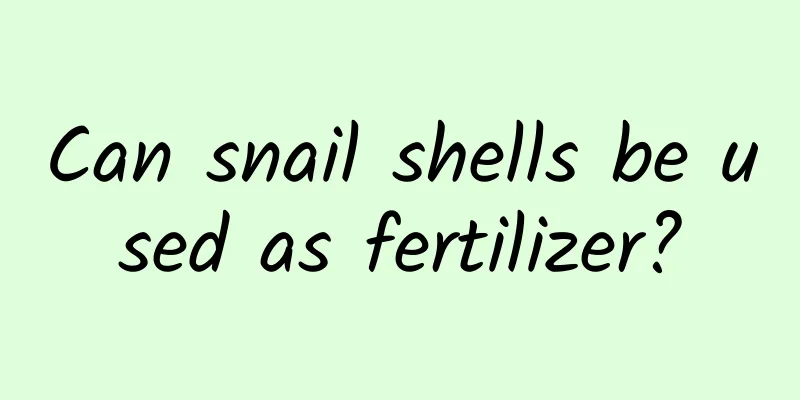What soil to use for violets

The most commonly used three-in-one soil for violetsPerliteIt has good hydrophobic properties, neutral pH value, is clean and sterile, contains no nutrients, and has low fertilizer and water retention capacity. VermiculiteSlightly acidic, clean and sterile, with moderate fertilizer and water retention capabilities. Peat soilIt is slightly acidic, contains organic matter, and has strong fertilizer and water retention capabilities. Mixing the above three planting materials in a certain proportion can meet the needs of violets. Use line suction water supply, so the hydrophobic performance needs to be particularly improved. Violet soil ratioPerlite: vermiculite: peat soil (2:1:1). By using normal watering methods, the ratio of vermiculite and peat soil can be appropriately increased. Of course, these proportions are not mandatory. You can adjust the proportions according to the planting environment and your needs. If the environment is humid or you water the plants frequently, the hydrophobicity will increase, while the water retention will increase. The planting material will become acidic after about 6 months of use. When the pH value is lower than 6.5, a chemical lock effect will occur, making the plant unable to absorb nutrients in the planting material and can only absorb iron. The iron element alone will cause toxicity in the plant's body, and as toxins accumulate, it will lead to the death of the plant. Therefore, it is a better choice to change the planting material about every six months. Materials that delay soil acidificationEggshellContains calcium, which can delay the planting material from becoming sour and extend the use time of the planting material. carbonRegulate humidity, filter impurities, deodorize, decompose harmful chemicals, provide trace elements, and delay the acidification of planting materials. After adding an appropriate amount of auxiliary materials, the soil replacement time can be extended by 2-3 months. The growth morphology of the plant can also be used to determine whether the planting material has become sour. If you still don't have time to change the soil after using the planting material for 6-9 months, apply less fertilizer or even no fertilizer. Rinsing the planting material with clean water from time to time is also a way to alleviate the acidification of the planting material. |
<<: How to sow potted osmanthus
Recommend
How to eat Lai grapes
Direct consumption Lai grapes can be eaten direct...
Water and fertilizer management methods for wintersweet
Winter plum needs proper watering Wintersweet is ...
When do pomegranates bloom?
1. Flowering time Under normal circumstances, pom...
Can aloe vera be eaten directly? Can children eat it?
1. Can I eat it directly? If nothing is processed...
How to raise a bear paw
1. Breeding environment 1. Potting soil: It is be...
When does Caragana bloom?
Caragana flowering period Caragana blooms mainly ...
What to do if you water the silkworm too much?
1. Improve ventilation If too much water is appli...
How to grow and propagate asparagus fern
1. Breeding technology 1. Soil: Asparagus fern ha...
What is chicken feather vegetable
What is chicken feather vegetable Chicken feather...
Other names for osmanthus and its appearance
1. Aliases Its aliases include golden millet, swe...
How to make tea with lotus leaves? Is it good for your health?
1. How to make tea 1. Select leaves: When making ...
What to do if the leaves of bird's nest fern are burnt
Causes and treatments for burnt edges on bird'...
How to reproduce red spot grass
Seed propagation of red spot grass The sowing pro...
It is very easy to make the goldfish spider plant bloom full of flowers. I will teach you one trick to make it grow fast and bloom more!
1. Soil suitability When planting, choose suitabl...
How to prune a potted banyan tree
Pruning branches and leaves of potted banyan tree...









